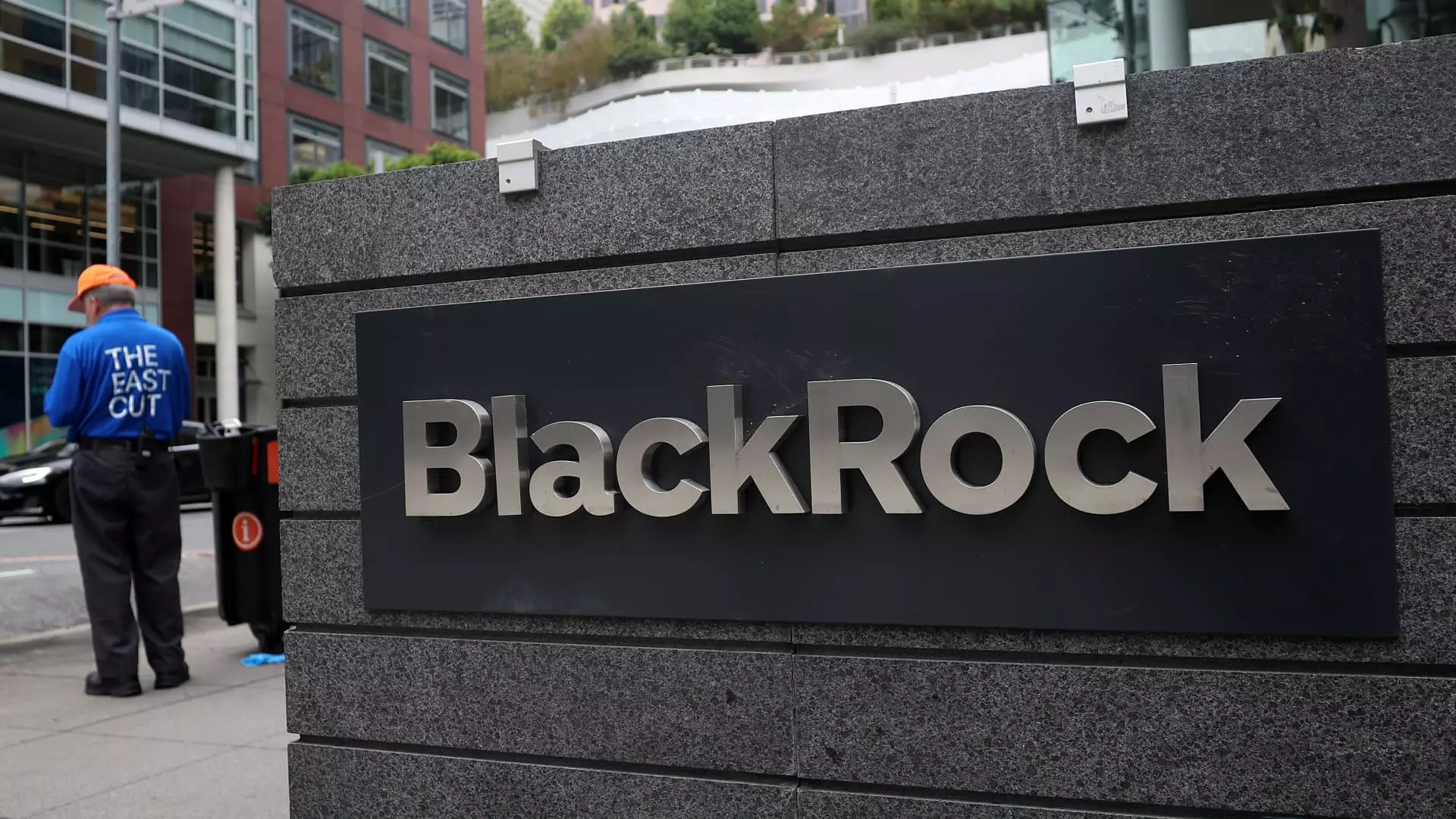In a remarkable twist of fate, Frontier Group has seen its shares plummet by 11%, sending shockwaves through the financial landscape. This drastic decline can be attributed to a disconcerting revision of its financial outlook for the first quarter and a complete withdrawal of its previously disclosed full-year forecast. What makes this particularly alarming is the underlying assertion of weakened demand alongside economic uncertainty. Such revelations raise red flags not only about Frontier’s operational strategy but also about the overall health of the aviation industry amidst a turbulent economic climate. It begs the question: is this merely an isolated incident, or a symptom of a larger malaise affecting consumer confidence?
Stellantis: A Diminishing Global Presence
The story takes another turn with Stellantis, which reported a staggering 9% drop in global vehicle shipments year-over-year, culminating in a mere 1.2 million vehicles sold during the first quarter. The company’s announcement of operational challenges—highlighted by lower production capabilities in North America and significant downtime—paints a picture of a corporation struggling to adapt. In an age where agility is paramount, Stellantis’ predicament exemplifies the dangers of falling behind in a rapidly evolving market. As competitors leverage technology and adapt to consumer preferences, the question looms: will Stellantis be able to regain momentum or will it be left in the dust?
JPMorgan: A Ray of Hope Amidst the Storm
Conversely, JPMorgan’s stocks have risen by more than 3% following a strong first-quarter revenue report that surpassed expectations—$46.01 billion versus an anticipated $44.11 billion. The resilience shown here is noteworthy; however, let’s not overlook CEO Jamie Dimon’s sobering reminder of “considerable turbulence” facing the U.S. economy. This juxtaposition raises an interesting conundrum in the financial sector: how do banks manage to show growth in an increasingly volatile environment? Perhaps it speaks to the unpredictability of the economic landscape, where certain players are thriving while others are floundering.
The Mixed Bag of Financial Giants
Morgan Stanley’s barely-there rise of less than 1% is another layer of complexity for investors to dissect. With earnings at $2.60 per share and revenues of $17.74 billion, one would expect a more substantial uptick. Yet, it reflects an undeniable market fatigue. On the opposite end, Wells Fargo’s nearly 2% drop following a 16% increase in earnings underscores the stark reality that meeting but not exceeding expectations can lead to investor disappointment. Such developments challenge the notion that profitability alone is sufficient for stock price appreciation; rather, consistent overperformance is increasingly becoming the benchmark.
BlackRock and the Gold Rush
BlackRock’s shares, on the other hand, saw a rise of 2% after first-quarter earnings outperformed forecasts. This resilience amidst uncertainty showcases a different breed of investment strategy—one that thrives on strategic foresight. Meanwhile, gold producers like Barrick Gold and Newmont Corp enjoyed gains exceeding 7% and 8%, respectively, as spot gold prices hit historic peaks due to persistent market volatility. The allure of gold as a safe haven is magnified in such a climate, reinforcing its timeless value in economic crises.
Apple’s Price Dilemma: A Double-Edged Sword
In the tech sector, Apple’s stock experienced a nearly 4% surge, posturing for a positive week despite severe challenges due to mounting tariffs from China. The potential necessity to hike prices on iPhones raises crucial questions about sustainability amidst inflationary pressures. As consumers grapple with rising costs, how will Apple balance premium offerings with market realities? This scenario encapsulates the complexities faced by global corporations in a time of heightened economic scrutiny.
MicroStrategy: Riding the Crypto Wave
Finally, MicroStrategy, a known bitcoin proxy, witnessed its shares ascend by over 9%, aligning with bitcoin’s recent surge. The crypto market remains a wild card for investors, capable of shocking gains and staggering losses. As more traditional investments falter, the rise of crypto-related stocks can either be seen as a beacon of hope or a speculative bubble waiting to burst. The volatility indicates a broader societal shift towards alternative assets, but at what cost?
The chaotic midday trading results offer little solace for traditional investors, yet they illuminate the myriad complexities facing the market today. With a blend of resilience, hope, and turbulence, the financial landscape appears prepared for yet another unpredictable chapter.

